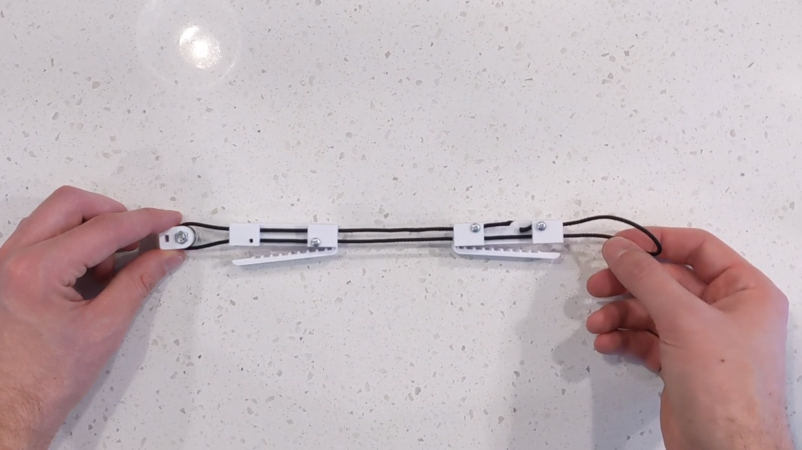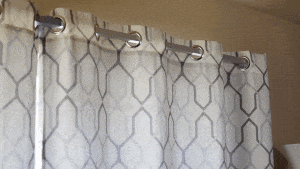There are few things that we all can agree we hate, and the shrill of your alarm clock waking you from a wonderful slumber is definitely high on that list. To wake up more naturally, [nutstobutts] created an automated curtain opener.

The curtain opener is very simple; a stepper motor in the control box pulls a string, which is run to an idler on the far side of the curtain rod and through two clips, attached to the back of each curtain. This design makes it so that both curtains will open smoothly at the same time, and will always come closed again directly in the center. This design is especially favorable for students in dorms or those that live in an apartment, as the installation requires no screws in the wall or permanent modification to the curtains.
The curtains can be opened and closed either by pressing a button on the control box or by sending HTTP requests to the ESP32 that controls everything. This allows for integration with many different IoT systems, for instance [nutstobutts] has been having Home Assistant open the curtains every morning at 6:30 a.m. in lieu of an alarm clock, and then closing them automatically at 9:00 a.m. to help save on cooling costs.
Automated curtains are a great first IoT project if you are looking to just get your feet wet, check out a different style we covered a few months back for more inspiration!
[via r/functionalprint]














